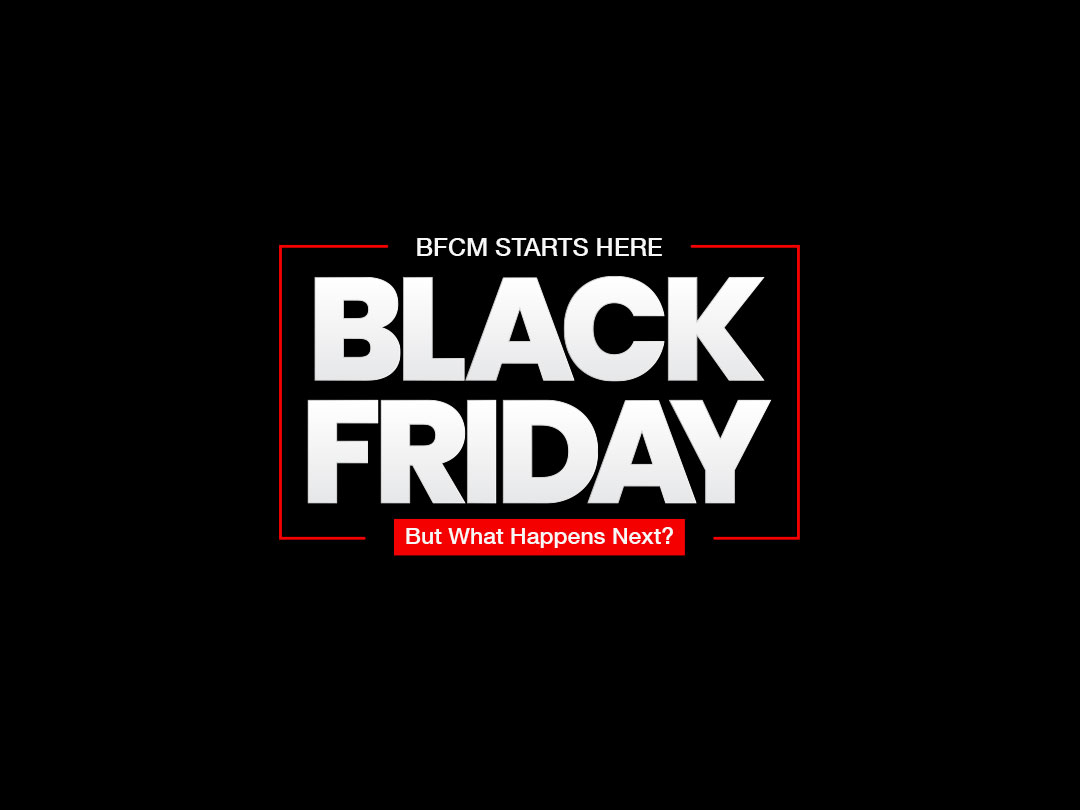
The Hidden Cost of Black Friday: Why Your Best Customers May Not Be Holiday Shoppers
Each November, online retailers brace for the biggest sales days of the year, Black Friday and Cyber Monday (BFCM). The numbers are staggering. Cart volumes spike, discounts slash, and marketing budgets stretch. But while BFCM drives short-term revenue, there’s a mounting concern among ecommerce leaders: are these customers actually good for business in the long run?
According to Shopify data, 64% of merchants say customers acquired during BFCM have a lower lifetime value (LTV) than those gained during non-promotional periods. It’s a startling figure, one that forces a shift in thinking. What if the biggest sales weekend of the year is actually hurting long-term growth?
The Lifetime Value Dilemma
The core issue? Many BFCM shoppers are discount-driven opportunists. They buy once and vanish. Research reveals only 27% of first-time holiday customers return for a second purchase. But here’s the good news: if they do buy again, the chance of a third purchase jumps to 45%. That second transaction is the turning point.
The challenge for merchants isn’t acquiring these customers, it’s activating them.
What Smart Merchants Do Differently
Instead of celebrating one-time sales, top-performing Shopify brands are reengineering post-purchase journeys to drive customer retention. Here’s how:
1. Deploy Personalized Email Campaigns
Timing matters. Brands that trigger welcome sequences, product recommendations, and reorder nudges within 7–14 days post-BFCM see higher engagement. These emails aren’t generic. They reflect customer behavior, what was purchased, how much was spent, what complementary products exist.
Personalization turns static inboxes into high-converting marketing channels.
2. Use Loyalty Programs Strategically
Not all loyalty is earned through points. Smart Shopify brands use tiered loyalty programs to surprise and delight. Offering early access, exclusive product drops, or premium support encourages repeat behavior, without leaning on discounts that erode margins.
Moving a customer up a tier, especially those “at risk” of churning, can reignite interest without sacrificing brand value.
3. Reframe Post-BFCM Discounts
The worst mistake? Keeping the discount faucet running. Persistent promotions attract the wrong buyer and condition existing ones to expect markdowns.
Brands serious about LTV are gradually phasing out discounts in favor of value-driven messaging: quality, community, experience. That story sells more over time.
LTV Isn’t a Guess, It’s a Metric
For Shopify merchants ready to move beyond short-term thinking, here’s the formula to calculate LTV:
Customer Lifetime Value = Average Order Value × Purchase Frequency × Average Customer Lifespan
Compare that number to your Customer Acquisition Cost (CAC). A strong business aims for a 3:1 LTV:CAC ratio or higher. Anything less means you’re buying growth, not earning it.
The Takeaway
Black Friday and Cyber Monday aren’t going away. But the smartest merchants view them as an entry point, not an endpoint. The winners are those who ask: What happens next?
See what platforms like Klaviyo have to offer, with advansed marketing automation and data capture.
.jpeg)






